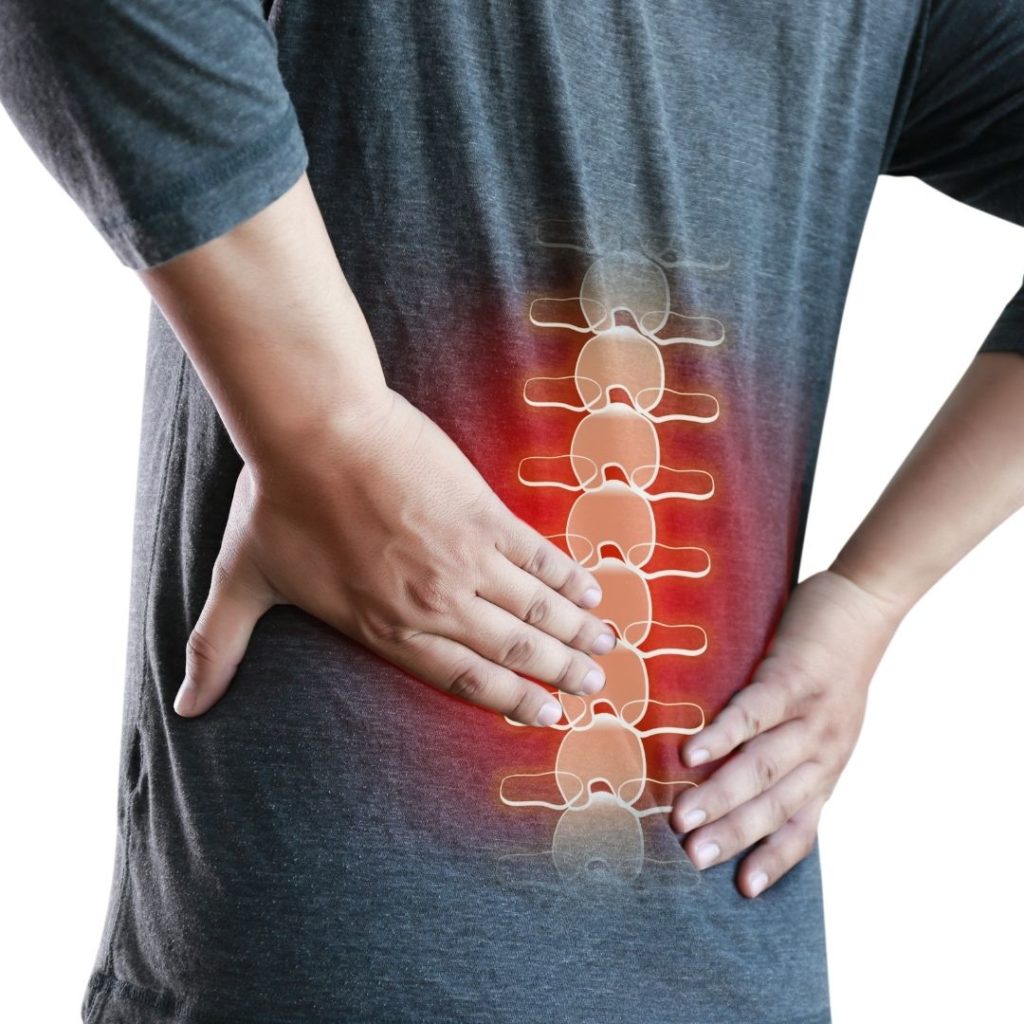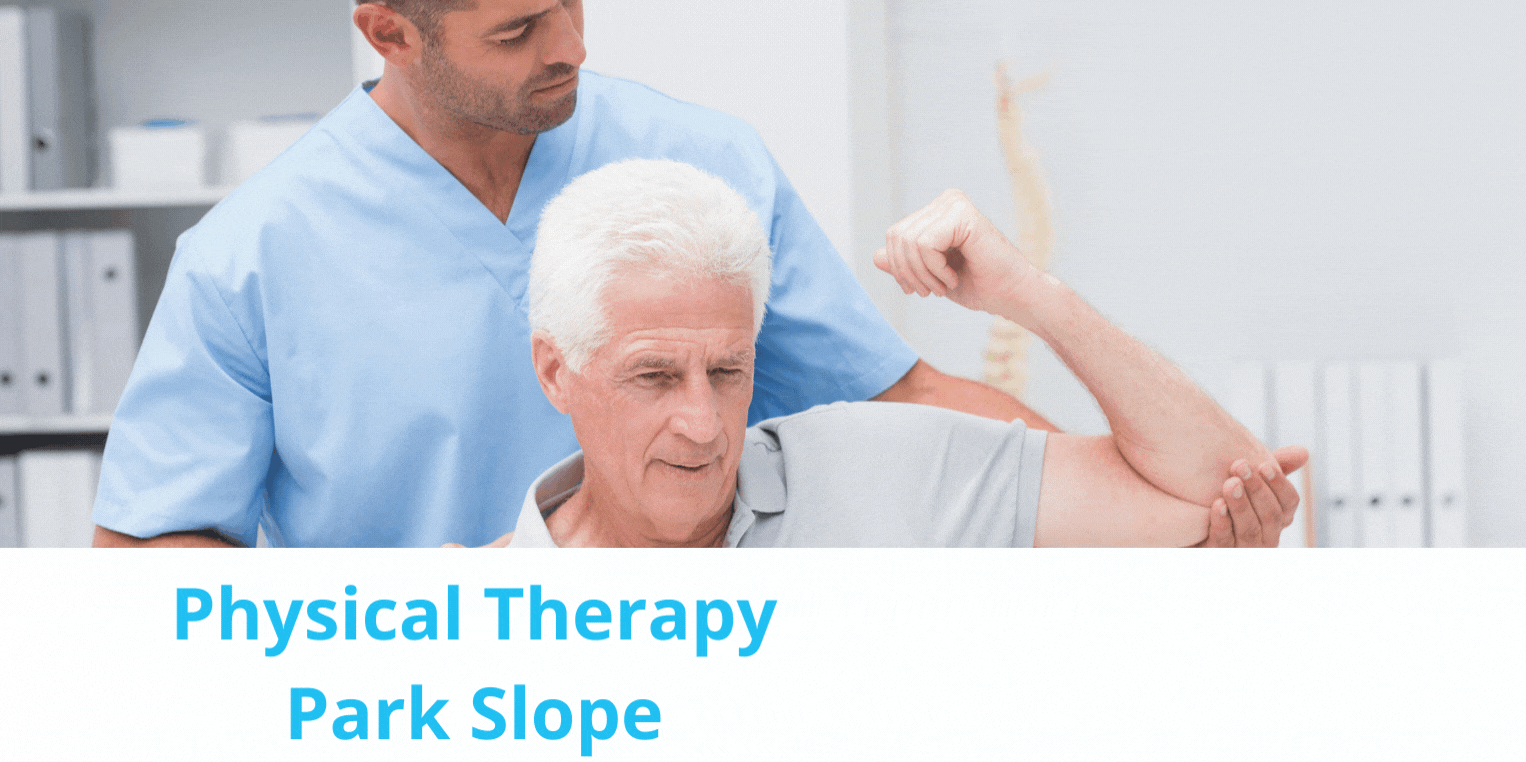Sports injuries present themselves during physical activities like exercise or sports. A sports injury can occur at any age of life and set you back from performing. Sports injuries can be a risk when a person does not warm up properly, has not been active recently, or plays a contact sport. At H&D Physical Therapy, we assess and treat all different sports injuries. We suggest physical therapy Park Slope if you have obtained a sports injury and seek relief.
Types of Sports Injuries
Some signs that indicate an injury needs attention include pain, swelling, and bruising. Symptoms and complications vary between the different types of sports injuries. Some examples of the most common sports injuries we treat with physical therapy Park Slope include:
- Achilles tendon rupture- The breakage or rupturing of the Achilles tendon that is located at the back of the ankle. Sudden pain and difficulty walking will result.
- Dislocations- The removal of the bone from the socket. Dislocation may follow with swelling and weakness.
- Fractures- A breakage or partial breakage of a bone.
- Knee injuries- Any injury that affects how the knee moves, varying from overstretching to a muscle tear in the knee.
- Rotator cuff injury- A tear in one of the four pieces of muscle that allow your shoulder to move.
- Sprains- The overstretching or tearing of a ligament, which holds two pieces of bone together.
- Strains- The overstretching or tearing of a muscle or tendon. Tendons connect bone to muscle.
- Swollen muscles- The swelling and weakness of a muscle, which commonly accompanies a sports injury.

Risks Factors of Sports Injuries
Regardless of the amount of experience a person may have, an injury can always be possible when playing sports or exercising. One risk factor that can increase obtaining a sports injury is age. As you age, your flexibility, muscle mass, and strength decrease, making you more susceptible to damage. Another risk factor is being overweight. Holding extra weight on your body can put more stress on your joints, increasing even more when being active. Lack of care for previous injuries is another risk factor because it can become more severe if an injury is left untreated. Don’t leave your injury untreated. Get relief with physical therapy Park Slope.
Treatment of Common Sports Injuries
Sports injuries are addressed differently depending on the location of the damage and its severity. Some of the treatment methods which you can use to heal a sports-related injury include the following:
- The RICE method- The RICE method consists of resting, icing, compressing, and elevating the site of a mild injury. Within the first 24 hours of obtaining the injury, you should use this method to reduce swelling, bruising, and pain.
- Over-the-counter and prescription medicines- A doctor can prescribe medication to treat a sport-related injury by relieving pain and inflammation.
- Surgery- More severe injuries can require surgery. Surgery can fully repair damaged tissue, align bones, or re-position joints.
- Physical therapy- physical therapy Park Slope can heal a sports injury through exercises, stretches, and massage therapy.
How to Prevent a Sports Injury From Occurring
Most sports injuries occur due to a lack of preparation, such as warming up and stretching. Some steps that you can take to prevent a sports injury include the following:
- Using the proper technique- Learn the appropriate exercises and movements for the specific sport you are doing.
- Using the correct equipment- Wear the proper gear and shoes to ensure your safety and protect your body.
- Not overworking yourself- Take breaks and let your body recover when possible.
- Slowly resume back into your sport- Ease back into exercise at a slow pace after an injury.
How to Diagnose a Sports Injury
Sports injuries can cause immediate discomfort and can worsen over time. That is why it is essential to get an evaluation as soon as possible. A doctor will complete a physical examination, ask for your medical history, and possibly follow through with imaging tests to evaluate your injury and determine a treatment plan, such as physical therapy Park Slope.
Contact Our Team For Physical Therapy Park Slope
At H&D Physical Therapy, we can handle your sports injuries and provide physical therapy courses in New York City to relieve them. We want to help you decrease your pain and get you back to doing the sport you love. Don’t let your sports injury go untreated any longer. Contact our office today to learn more about how we go about treating sports injuries through physical therapy.
A herniated disc, also known as a bulged, slipped, or ruptured disc, is an injury of the spine. It is one of the most common causes of neck, back, and leg pain. There are a series of bones in your spine that reside from the base of your skull to your tailbone. Between each of these bones, or vertebrae, there are round cushions called discs, which act as buffers between the bones and allow bending and moving with ease. A herniated disc occurs when one of these discs tears or leaks. This can be a painful experience, but physical therapy Park Slope can help.
What Causes a Herniated Disc?
There are many causes of this injury. When the disc pushes out, bugles, or ruptures, it begins to take up more room than it should, leaving you in uncomfortable pain.
One cause may be wear and tear on the spine. Daily wear and tear, also known as degeneration, results in spinal pain. The intervertebral discs exist to absorb shock from daily movements like walking, twisting, and bending. Since the discs in our back are constantly working to help us move, they can become worn out over time.
A herniated disc can also come about due to an injury. Things like sudden jerking movements can put too much pressure on a disc and cause it to herniate. Other things like car accidents or lifting heavy objects can play a part in herniating a disc. Physical therapy Park Slope is available to work with you to strengthen your back and relieve persistent pain.

Symptoms of a Herniated Disc
Herniated discs can occur in any part of the spine but are most common in the lower back and neck. If the herniation is minimal or isn’t pressing on a nerve, you may not experience any symptoms. But for those who have herniations that affect nerves, pain can be severe. physical therapy Park Slope can relieve painful symptoms in your back. Signs and symptoms of a herniated disc include:
- Dull aches on one side of the body
- Pain coughing, sneezing or moving in certain positions
- Numbness, tingling, or burning sensations
- Muscle weakness or spasms
- Balance issues
- Slow reflexes
- Poor posture
- Difficulty getting up from sitting
- Loss of bowel or bladder control
- Inability to remain in one position for extended periods of time
How to Treat a Herniated Disc
Herniated discs can be treated in several ways. Conservative treatment, or modifying activities to avoid movement that causes pain, and taking pain medication, can relieve many people’s symptoms relatively quickly.
Medications can be used to relieve pain. Over-the-counter medications may be recommended by your doctor, like acetaminophen, ibuprofen, or naproxen sodium. Cortisone injections can be injected into the area around the spinal nerves by your doctor to help a herniated disc. You may be prescribed muscle relaxers if you have muscle spasms as well. If other medication does not relieve your pain, doctors might consider prescribing short-term use of opioids, such as codeine or an oxycodone-acetaminophen combination. Few people with herniated discs eventually need surgery.
One of the best ways to treat a herniated disc is physical therapy. Physical therapy Park Slope can show you positions and exercises to minimize your pain. An exercise program may be recommended to achieve optimal results. Active treatments done in physical therapy can address flexibility, posture, strength, stability, and joint movement for your herniated disc injury. A physical therapist will teach you how to condition and strengthen your back to help prevent future pain.
Physical Therapy Park Slope
If you are struggling with a herniated disc, H&D Physical Therapy is here to help. Since 1997, our team has been committed to providing state-of-the-art, personalized care for all patients. Contact us today to schedule your appointment!

Pelvic floor physical therapy is a type of physical therapy that directly targets the pelvic floor area. The goal of therapy in this area ranges from strengthening the muscles after an injury or relieving symptoms of pelvic floor dysfunction. If you are looking for physical therapy Park Slope, look no further than H&D Physical Therapy.
Pelvic Floor Dysfunction
People with pelvic floor dysfunction are unable to properly relax their pelvic floor muscles to have a bowel movement. A properly functioning pelvic floor allows you to control when you urinate and release feces and flatus (gas). It can be extremely embarrassing and uncomfortable when these bowel movements happen uncontrollably, which is why pelvic floor therapy in Sutton Place can be beneficial.
The pelvic floor muscles support the pelvic organs (bowel, bladder, and uterus in women) from the bottom of the pelvis. When the pelvic floor is properly relaxed, urine and feces may be passed out of the body.
Layers and layers of tissue and muscle make up the floor of the pelvis. These layers are able to stretch from the pubic bone at the front of the body to the coccyx at the back. They also stretch side to side from one sitting bone to the other.
Symptoms
- Constantly needing to use the bathroom
- Pain when urinating
- Lower back pain
- Discomfort in the pelvic area, genitals, or rectum
- Long-term constipation or painful pushing to pass a bowel movement
- Leaking stool or urine
In Men
Pelvic floor dysfunction can affect both men and women as the pelvic floor muscles play such a big part in sexual activity and function for men and women. However, there are some pelvic conditions that can be unique to solely males or females.
For men, the pelvic floor controls erectile function and ejaculation. It can also exist while a man is suffering from other conditions that may include:
- Male urinary dysfunction
- Erectile dysfunction
- Prostatitis
In Women
In women, the ability to contract your pelvic floor plays a part in sexual stimulation and arousal. Also, the pelvic floor serves as additional support for the baby during pregnancy for women who become pregnant. Then during the birthing process, it’s crucial that the woman’s pelvic floor is relaxed so as not to cause problems while the baby is exiting the birth canal.
It is important to note that pelvic floor dysfunction is not the same thing as pelvic organ prolapse. Pelvic organ prolapse occurs when the muscles that hold a woman’s pelvic organs where they are supposed to be become too loose to hold them in place. This can cause the woman’s pelvic organs to visibly extend out of the vagina or rectum. If this happens, the woman may need to physically push these organs back into her body with her hands. Physical therapy Park Slope can be helpful to prevent this from occurring.
Diagnosis
Suppose you have any of the symptoms listed above or have any other reason to believe you have pelvic floor dysfunction or pelvic organ prolapse. In that case, it’s vital to make an appointment as soon as you can with a healthcare professional. In your appointment, your healthcare provider may ask you questions such as:
- Have you ever given birth?
- Do you have a history of urinary tract infections?
- If you are female, does it often hurt when you have sex?
- Is it painful and requires much effort for you to pass a bowel movement?
After asking these questions, your healthcare provider could do a physical examination to gauge the strength of your pelvic floor muscles. This will probably involve the professional checking these muscles with their hands or giving you a vaginal or intrarectal exam.
Treatment: Physical Therapy Park Slope
Although pelvic floor dysfunction may be uncomfortable, it can be treated relatively quickly in most cases. Surgery is not a needed treatment, and most people can seek relief through physical therapy, especially helpful getting physical therapy Park Slope at H&D Physical Therapy.
The most common treatment for pelvic floor dysfunction is biofeedback. This course of treatment is painless and helps over 75% of people who have been diagnosed with pelvic floor dysfunction. With biofeedback, a healthcare professional would use sensors and video to watch how your pelvic floor muscles react when you try to clench or relax them. Your healthcare provider then gives you feedback on what you are doing and how your muscles are reacting.
Another very common treatment is pelvic floor physical therapy. This can be done while biofeedback therapy is happening. Your physical therapist may show you how to do Kegels, which are popular exercises that involve contracting and then relaxing the pelvic floor muscles in order to strengthen them.
Some external physical therapy techniques include trigger point therapy, skin rolling, and myofascial release (deep tissue massage). These techniques involve professionals putting pressure on areas of the lower back and pelvic regions in certain ways to reduce pain. Visit our website for more information.
Contact Us For Physical Therapy Park Slope
Pelvic floor dysfunction is a condition that affects both men and women of all ages, but it is treatable and can be treated relatively painlessly. Physical therapy Park Slope can be found at H&D Physical Therapy. Contact us today to make an appointment.
You must be logged in to post a comment.